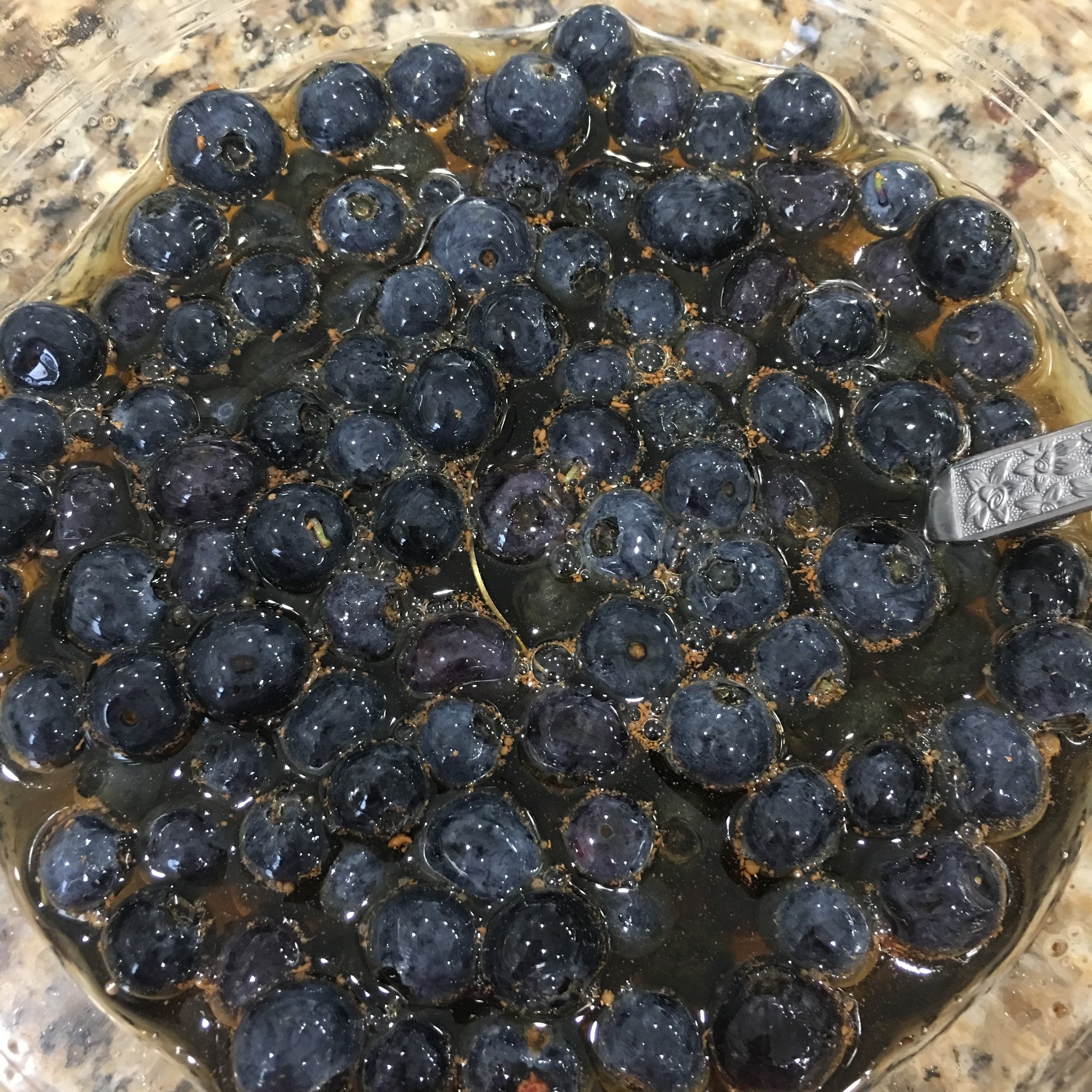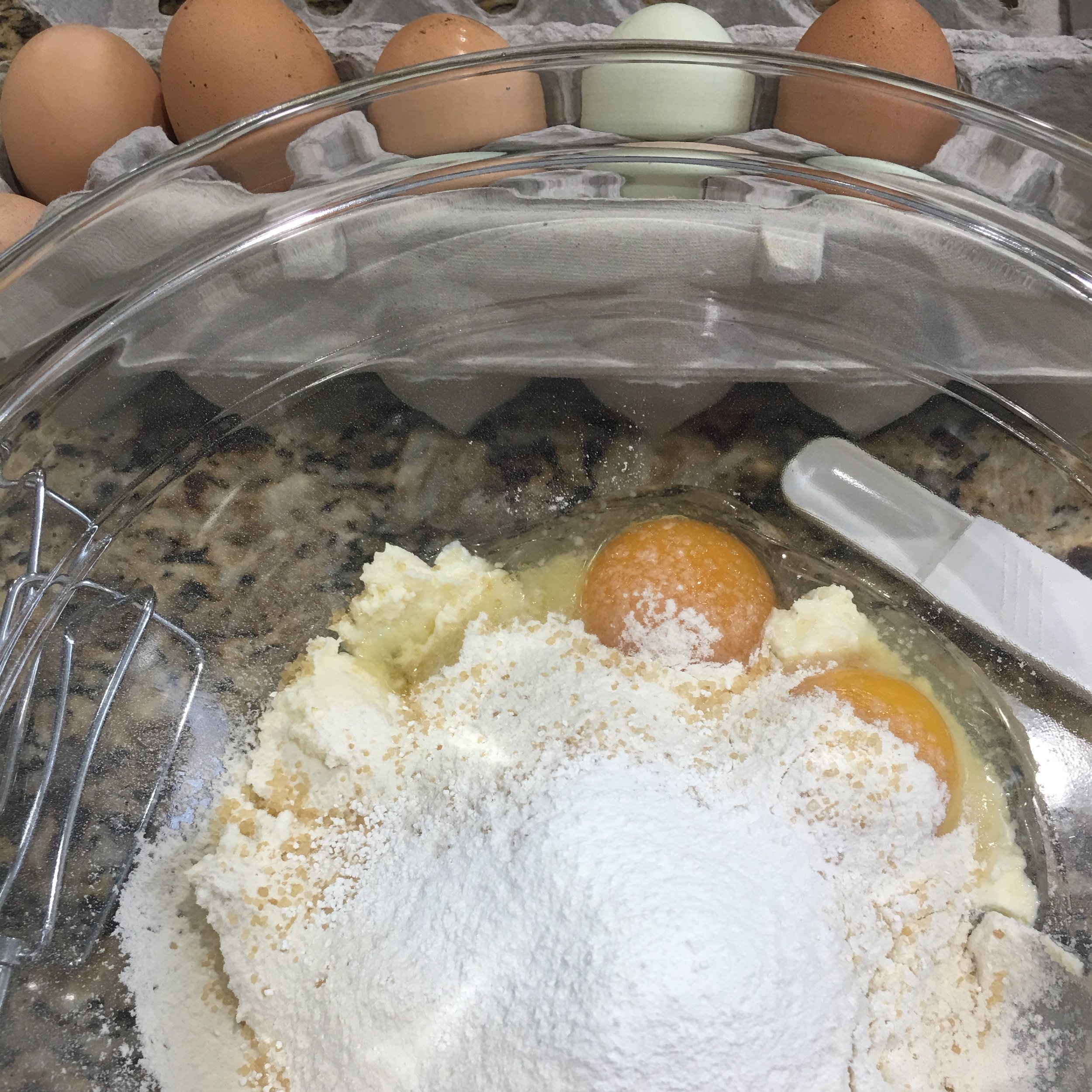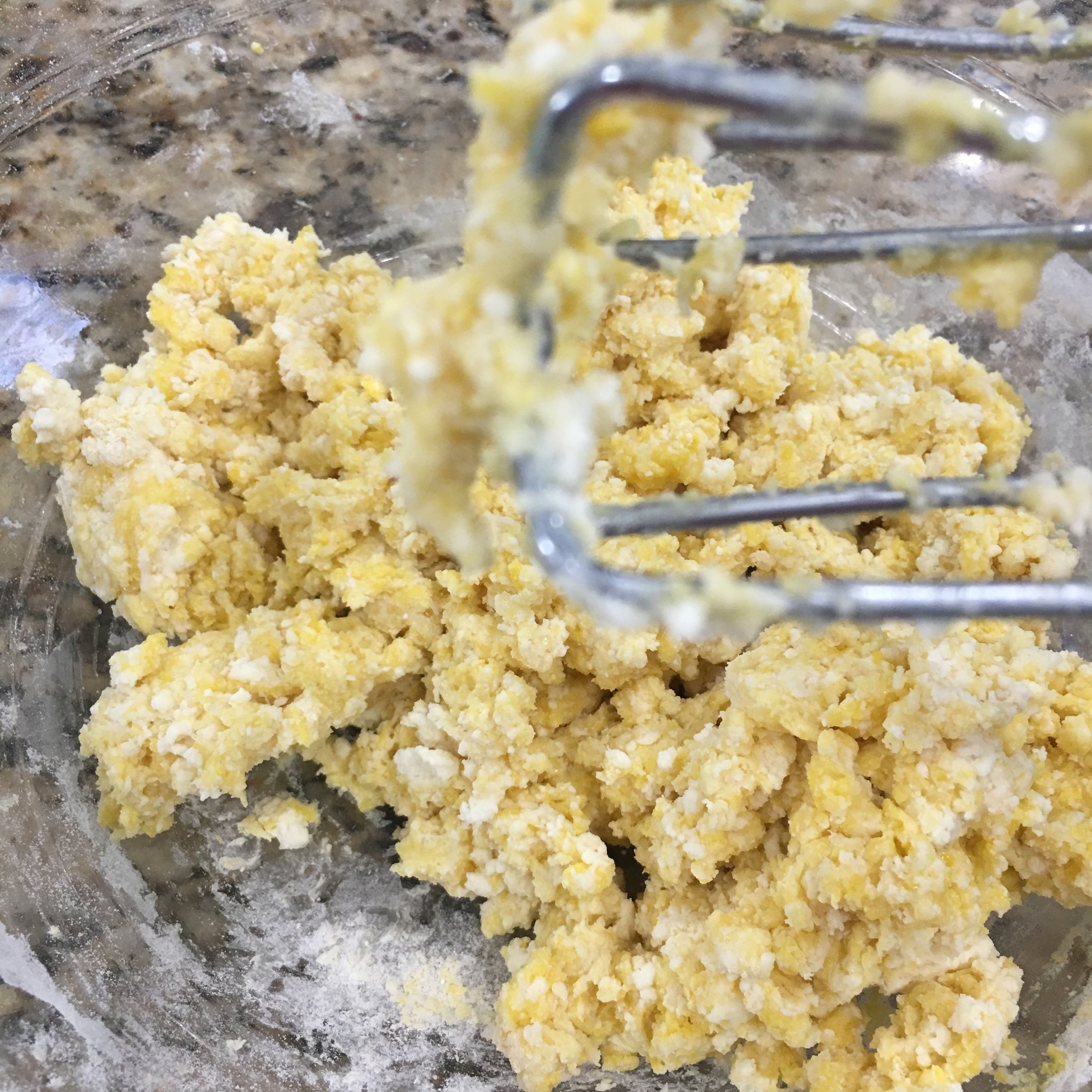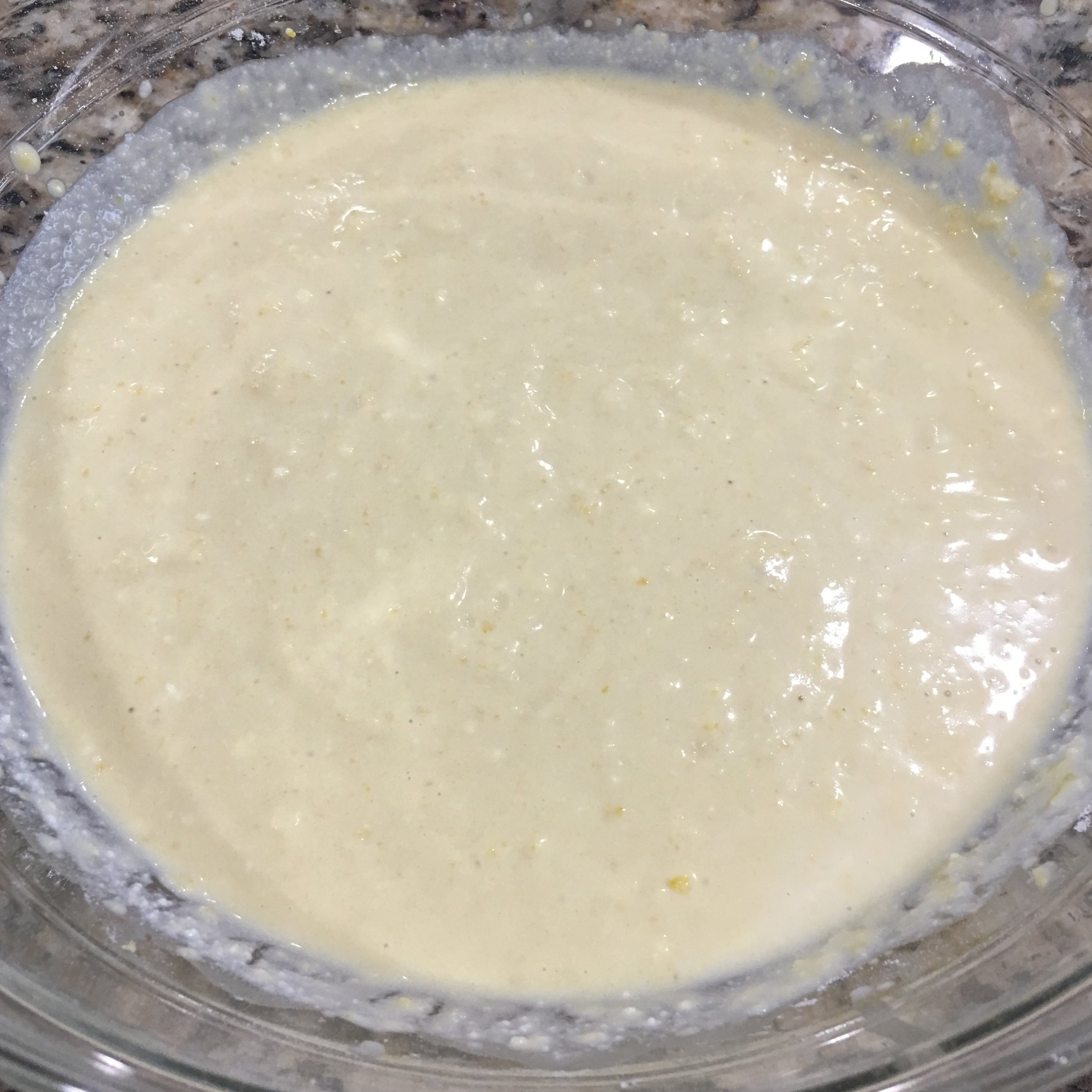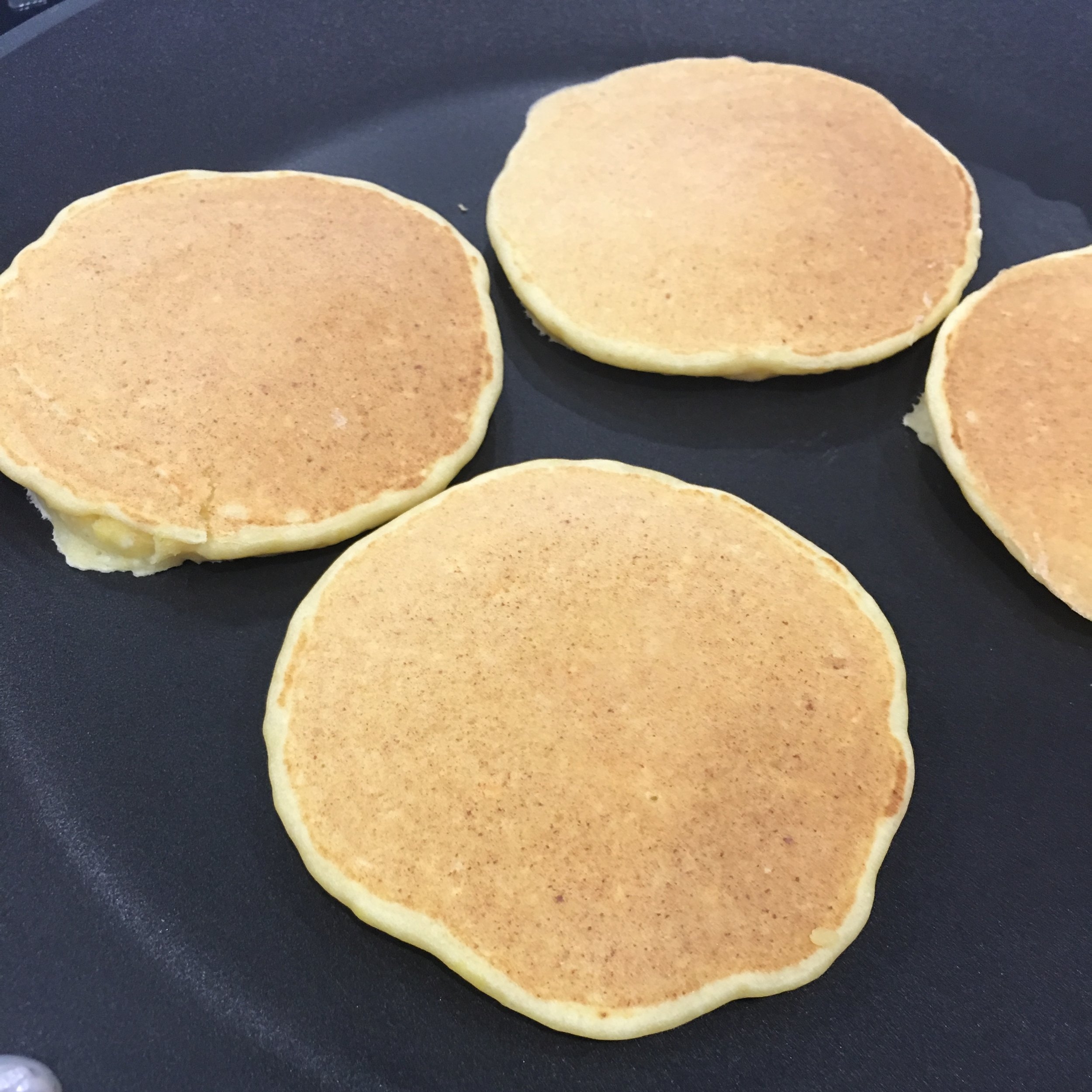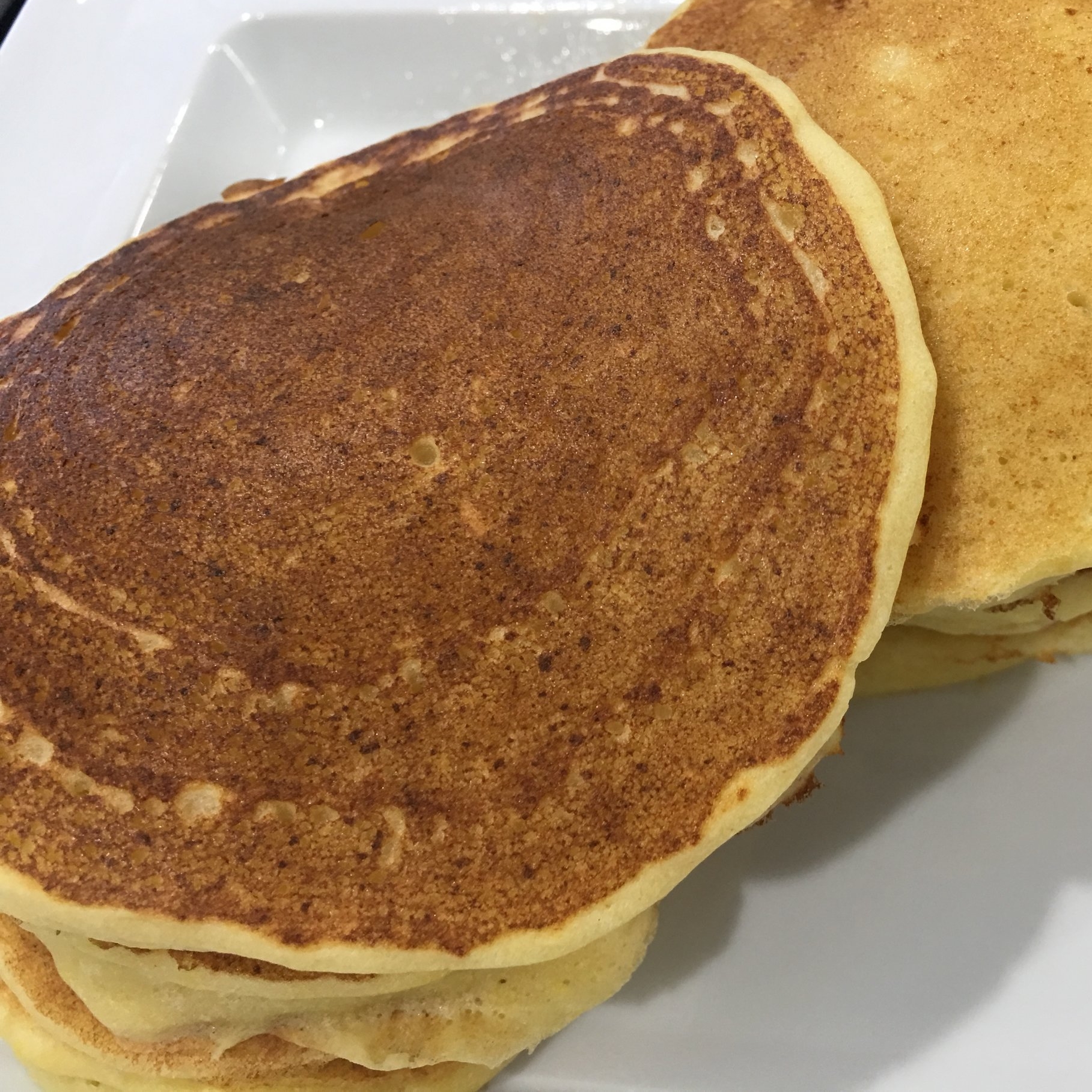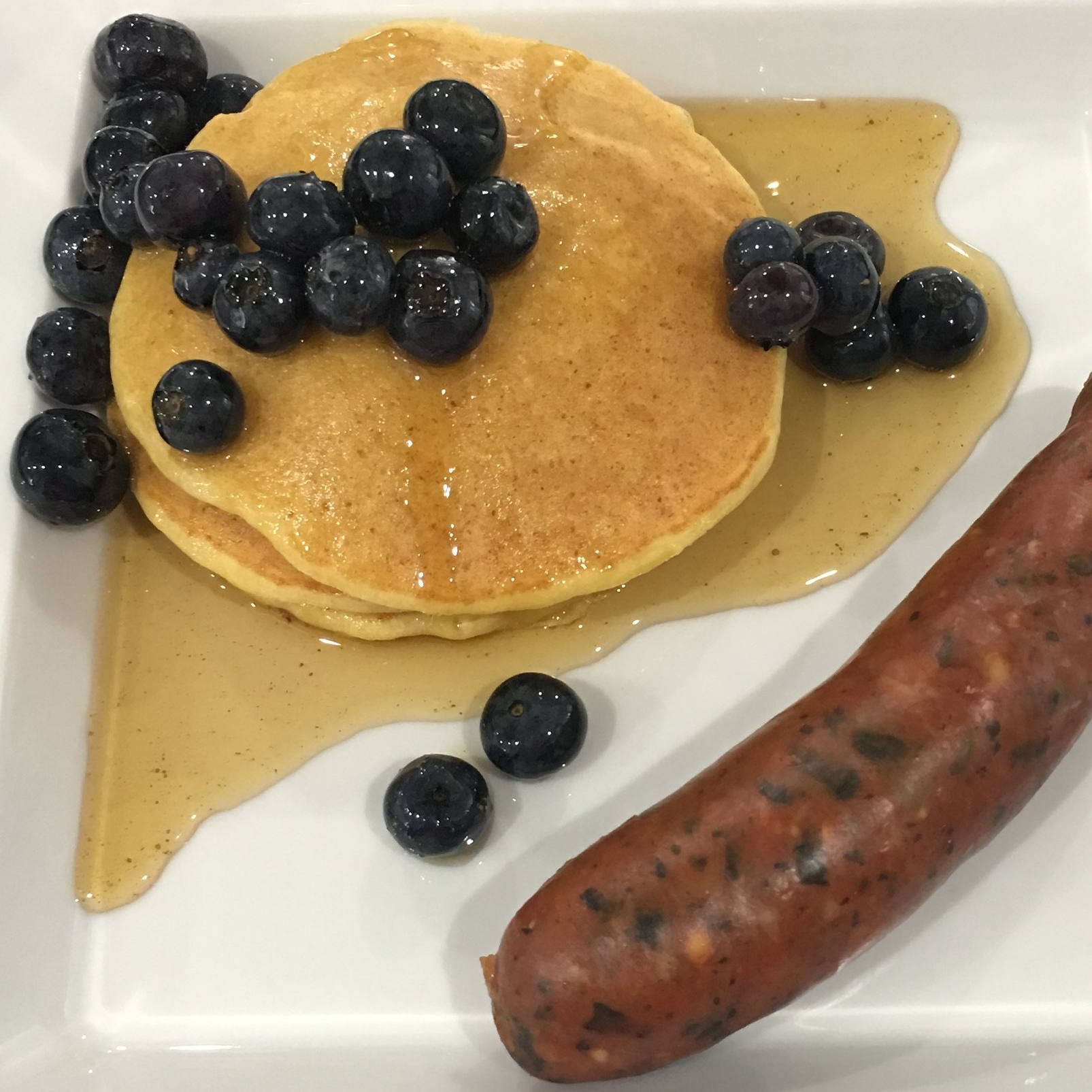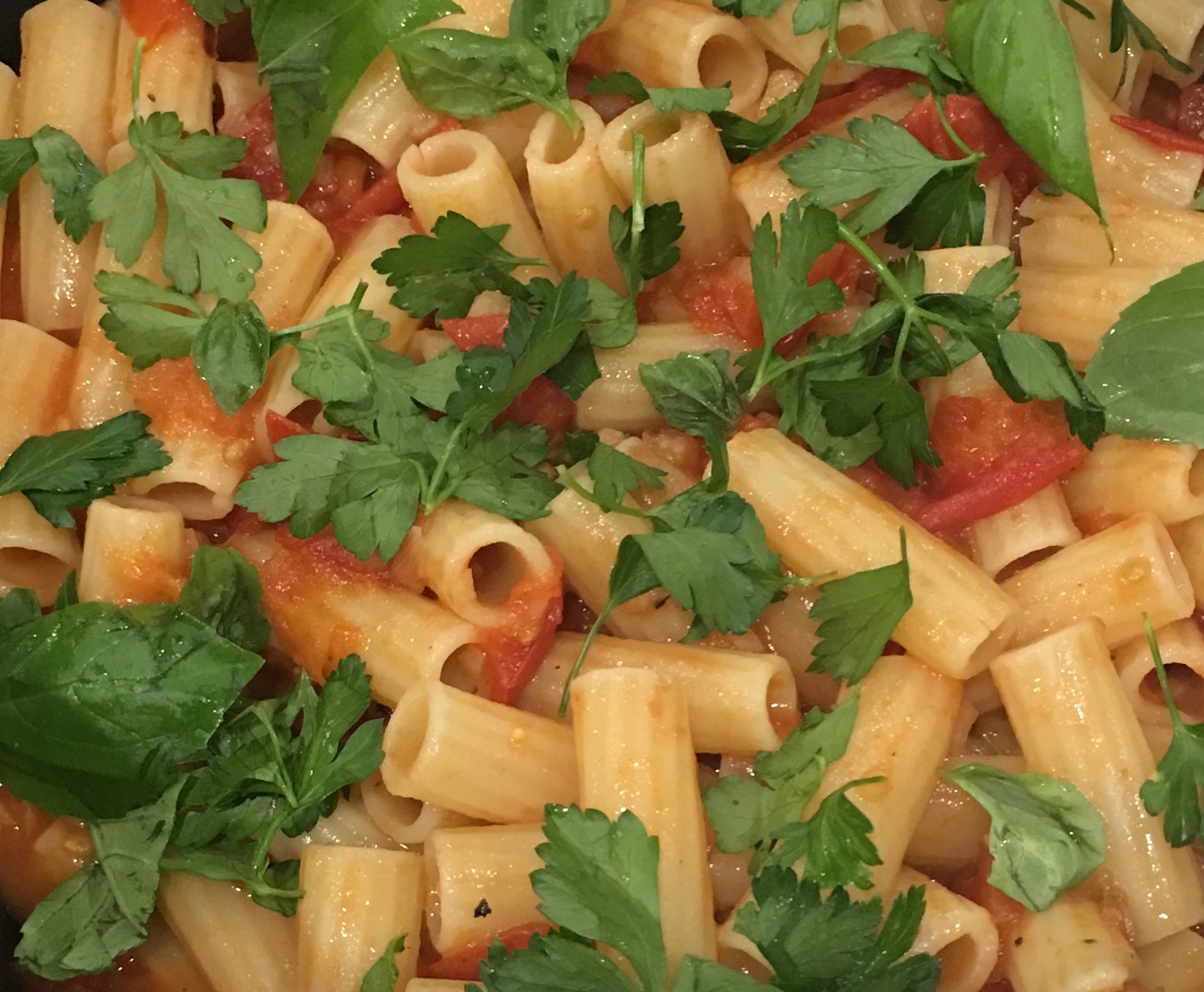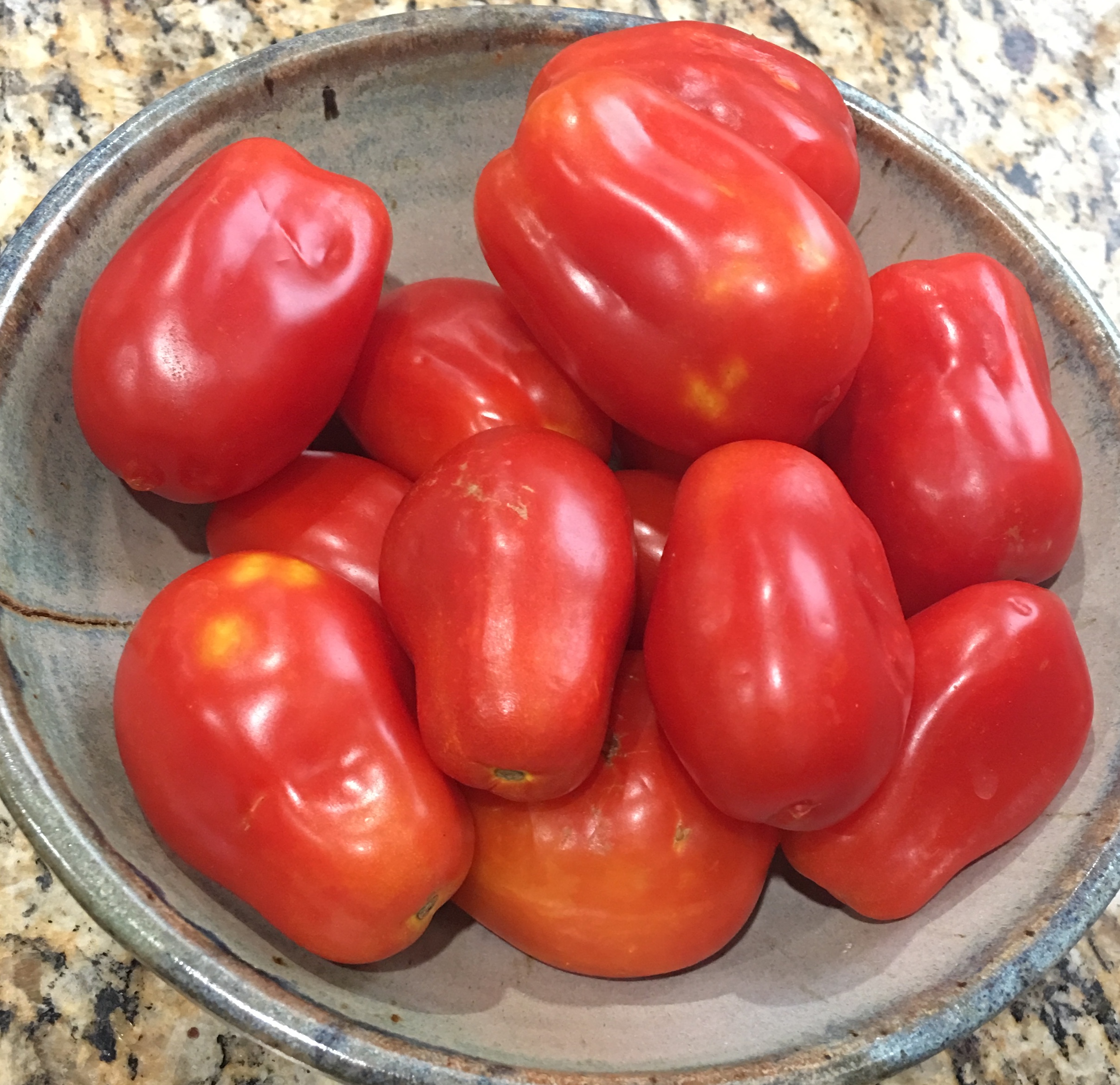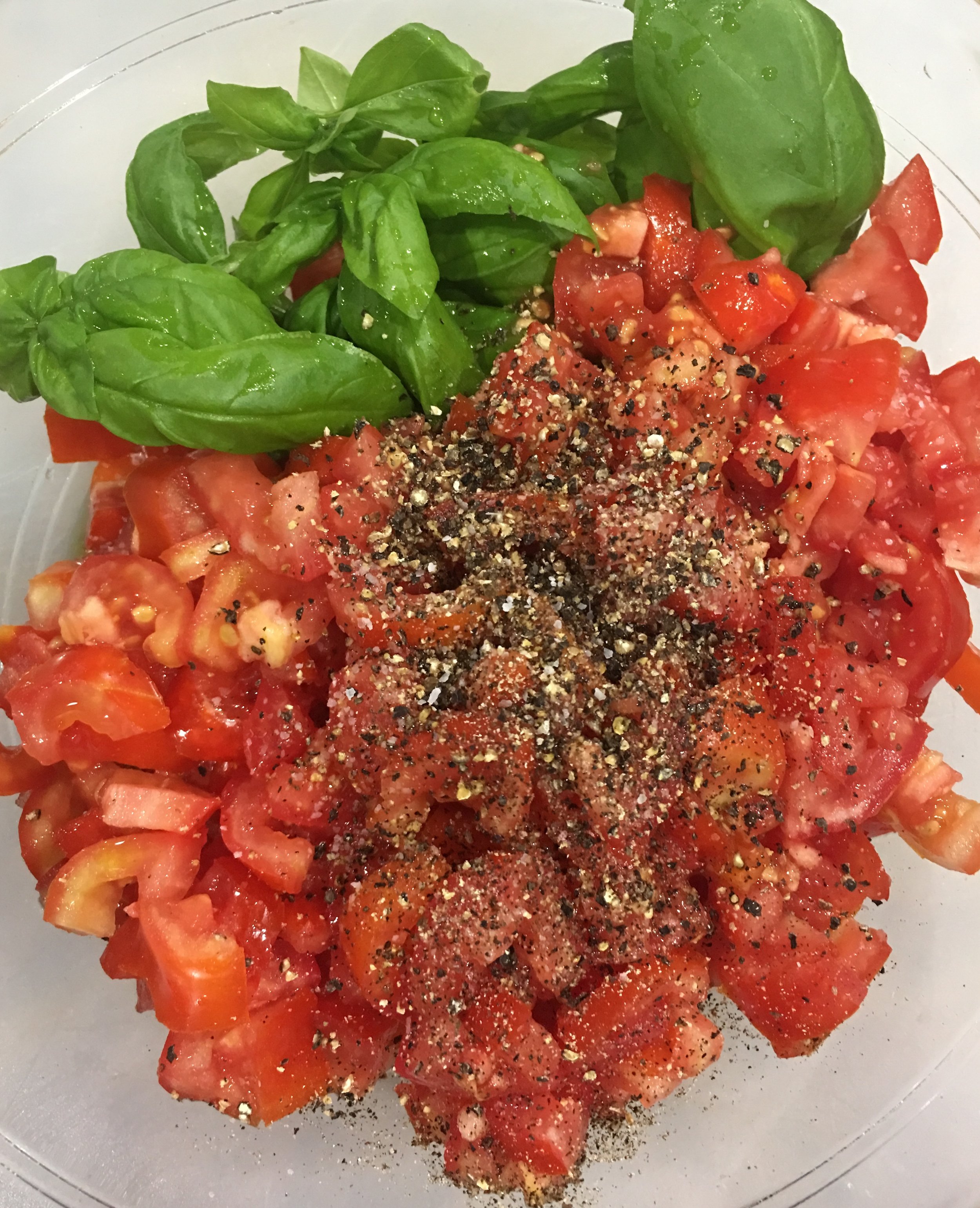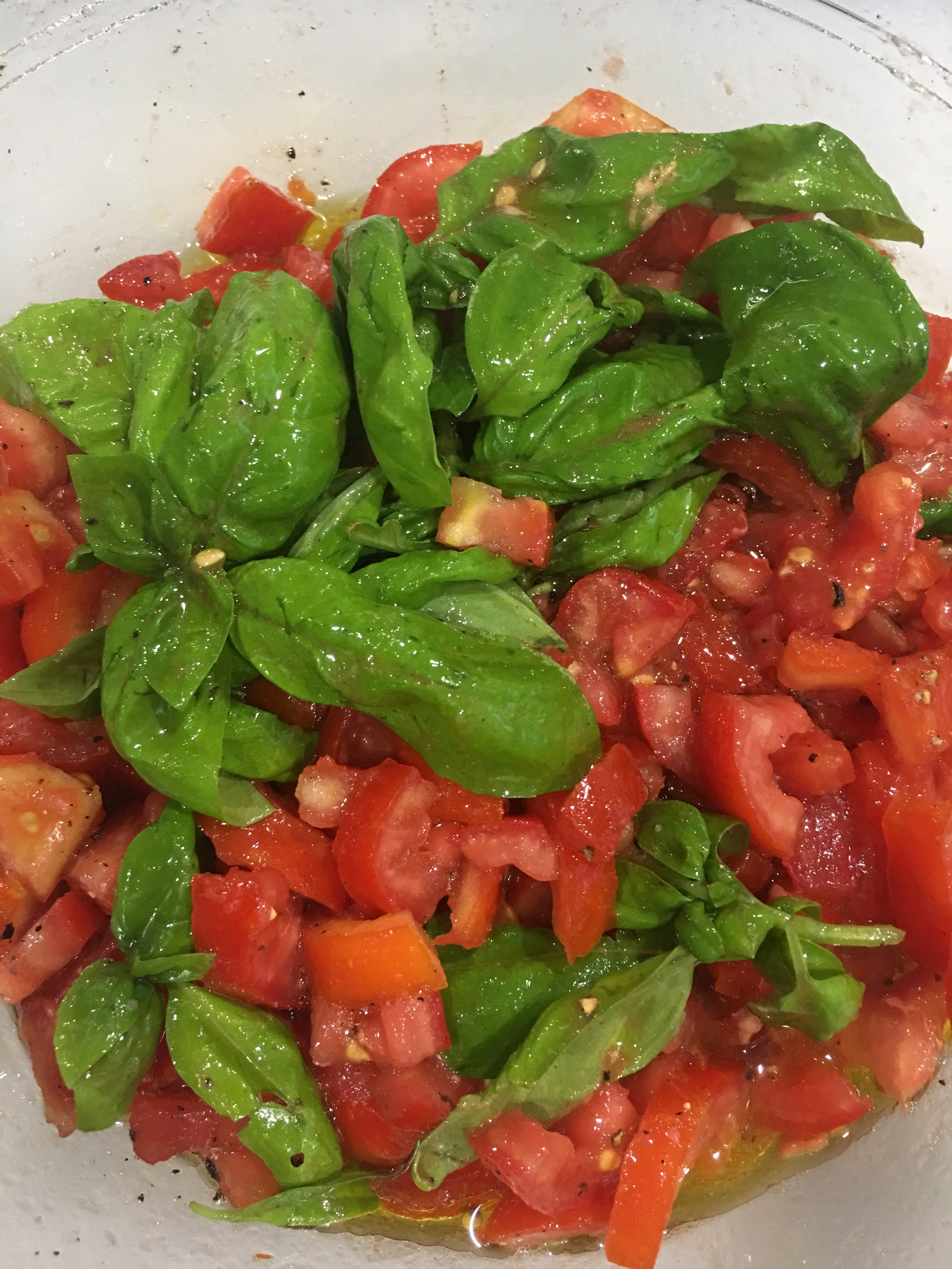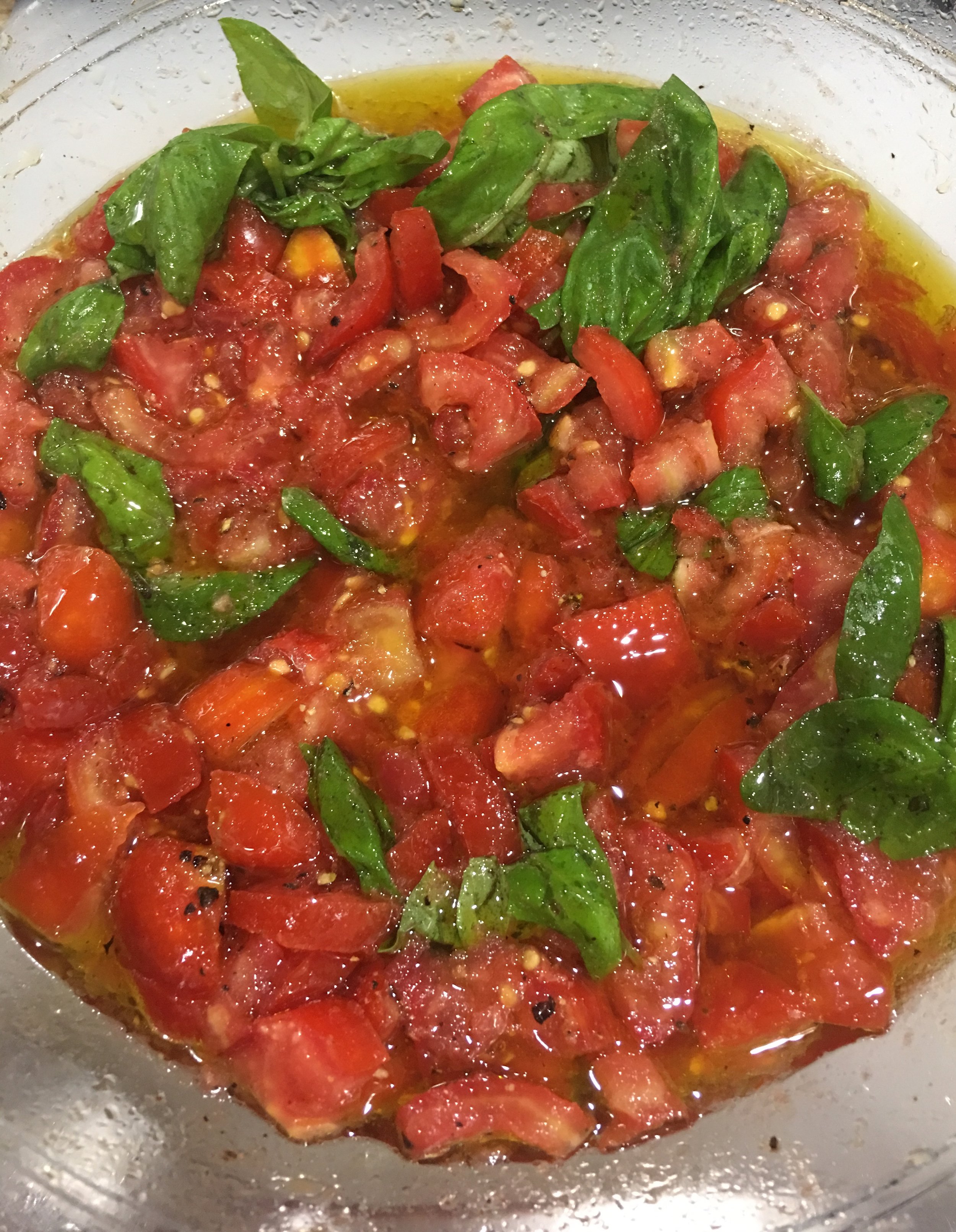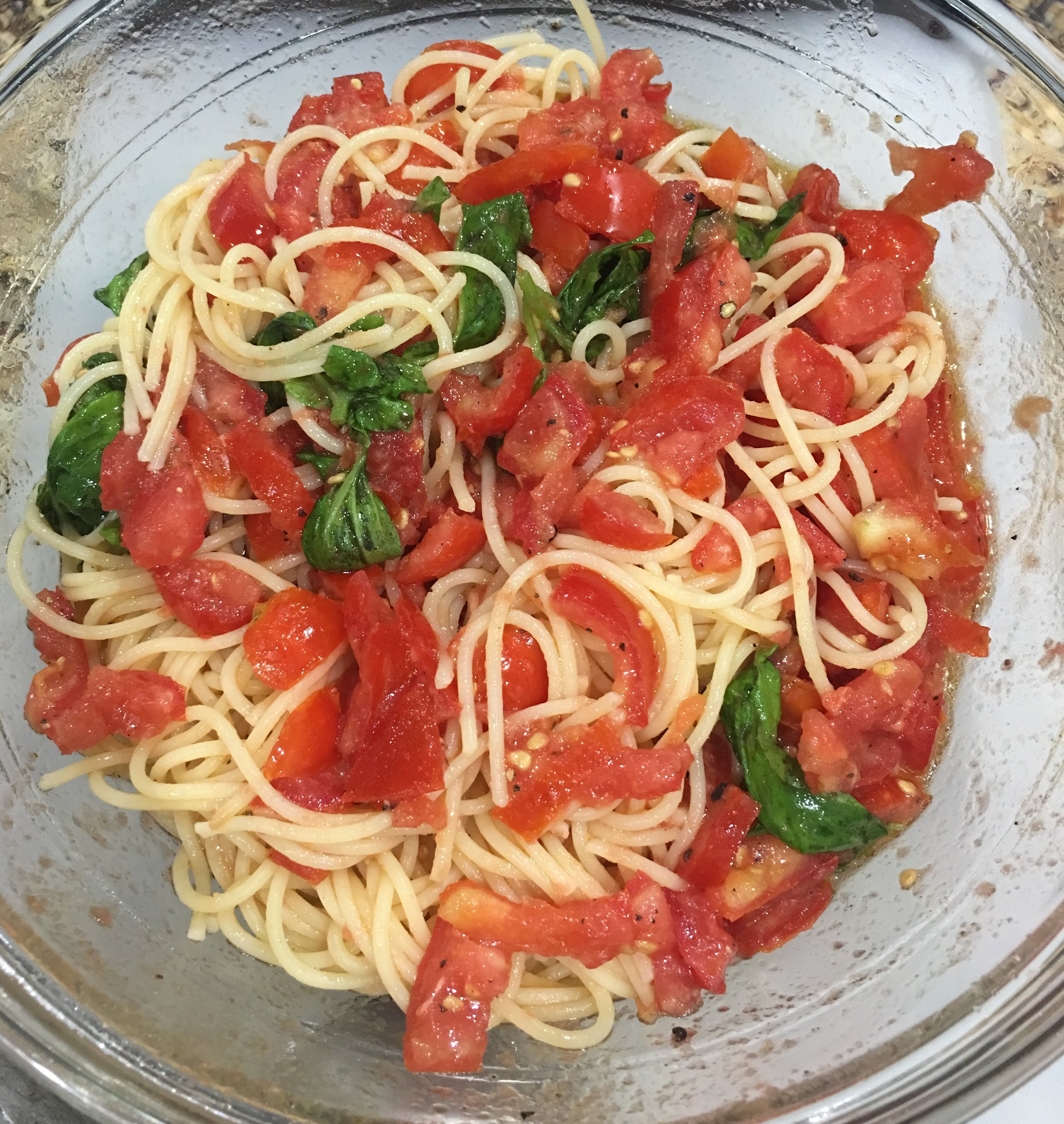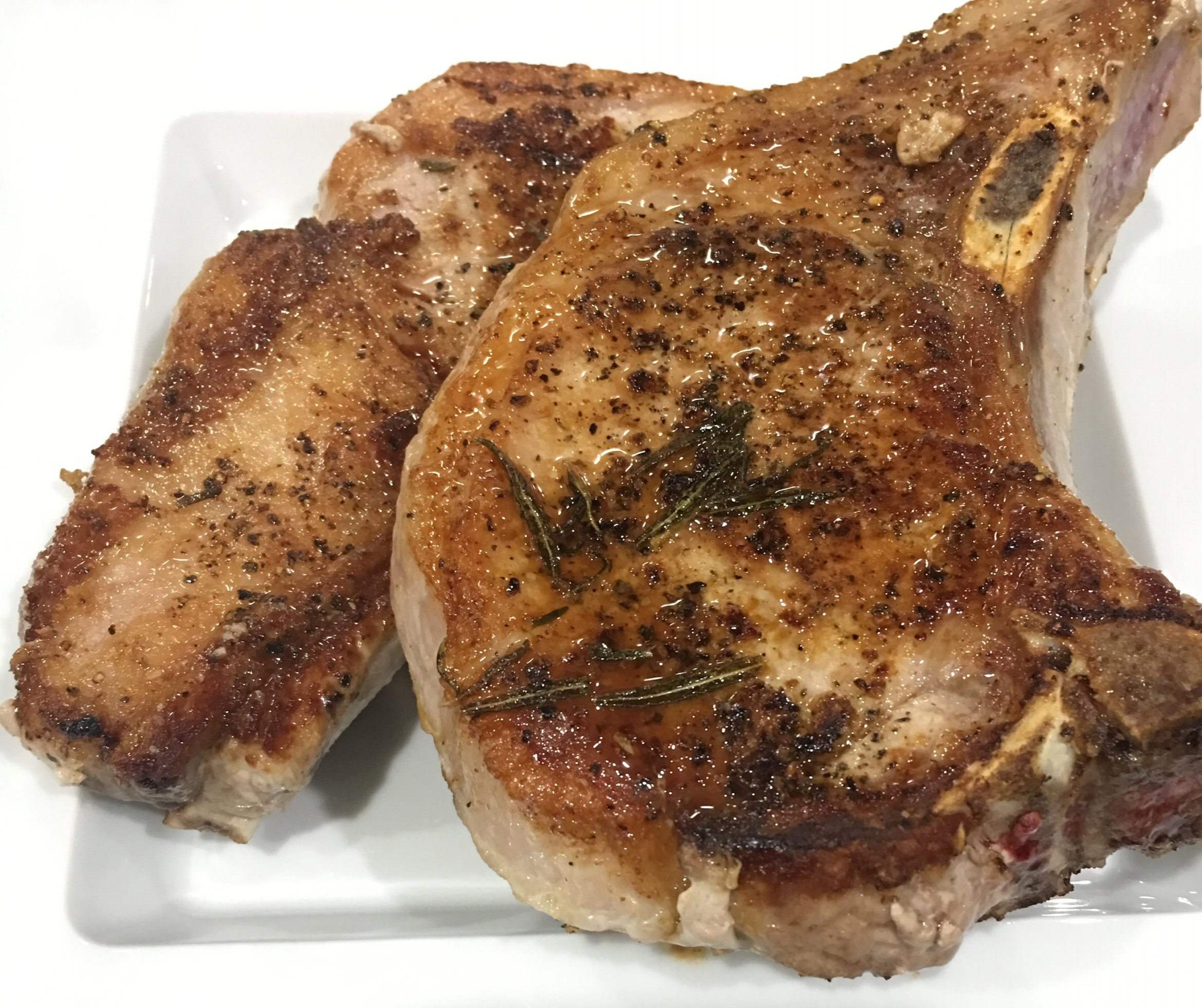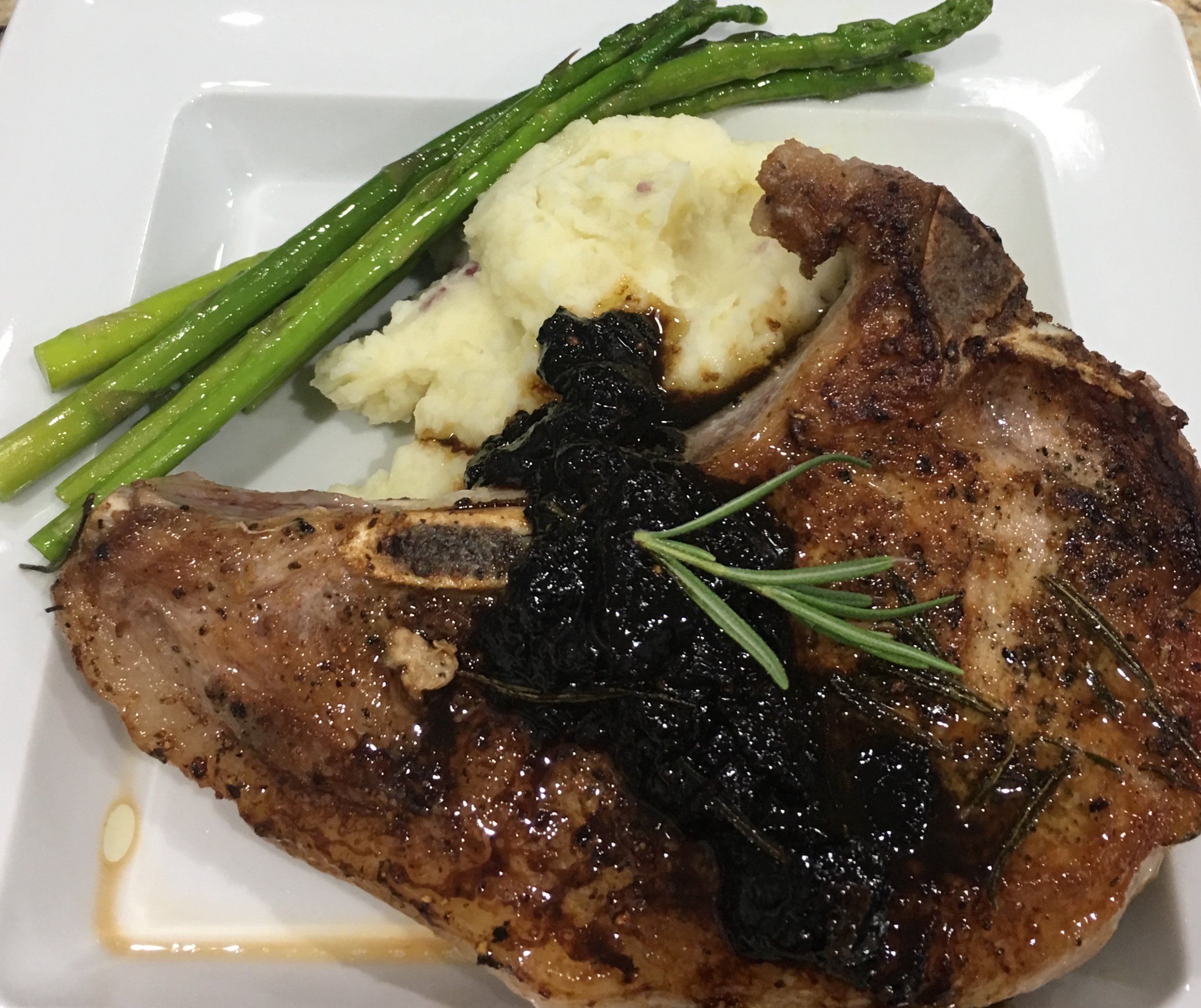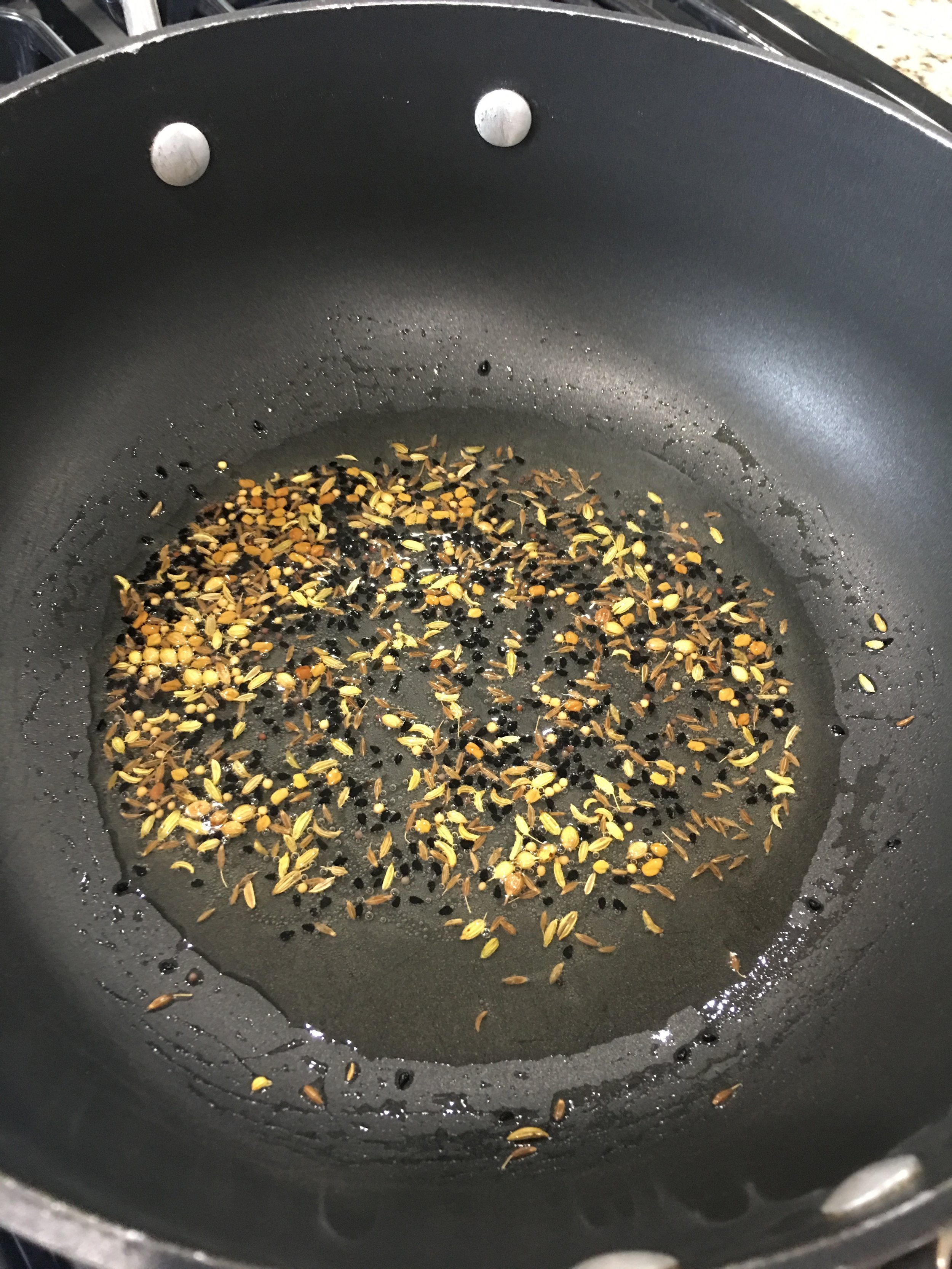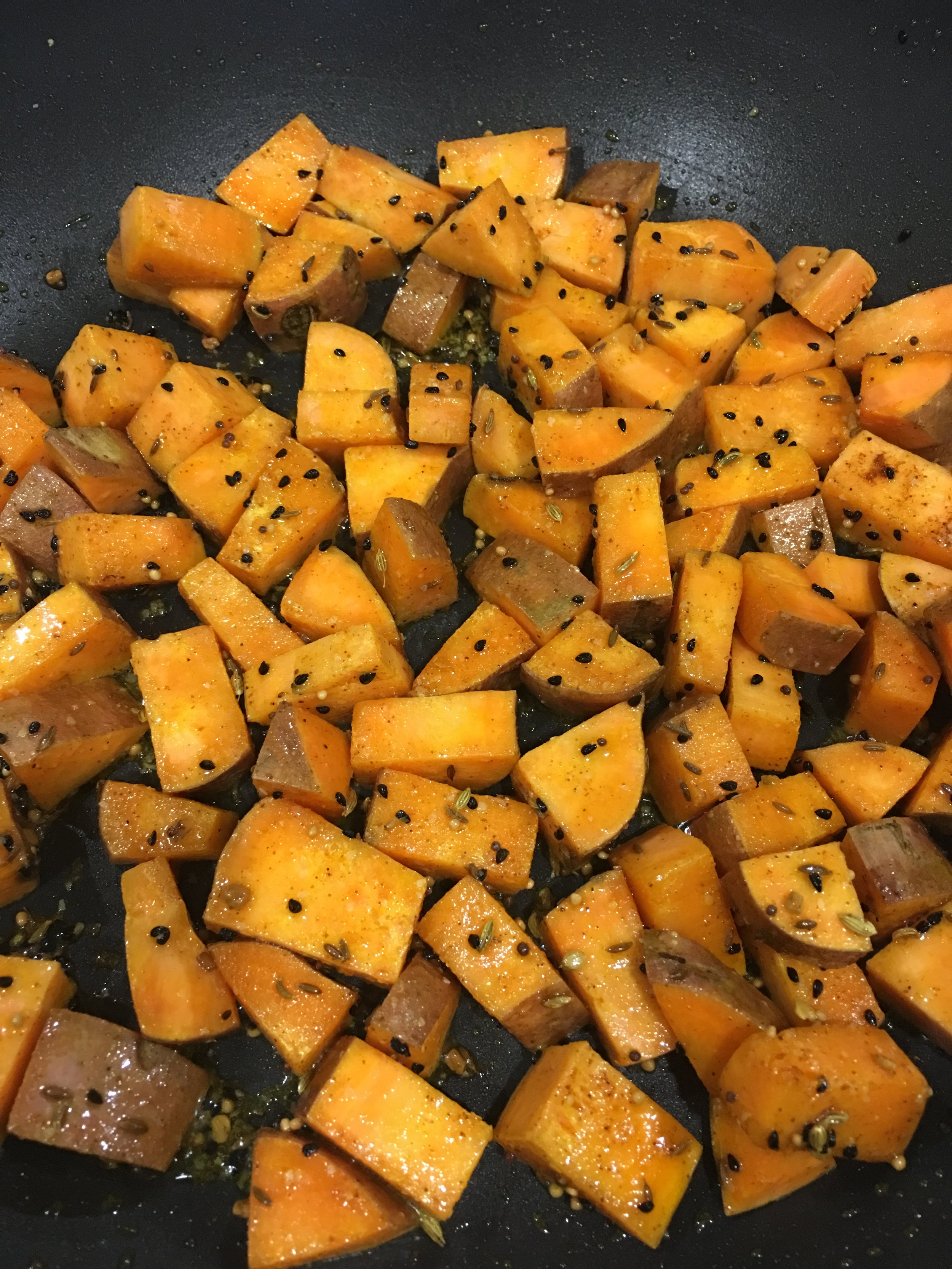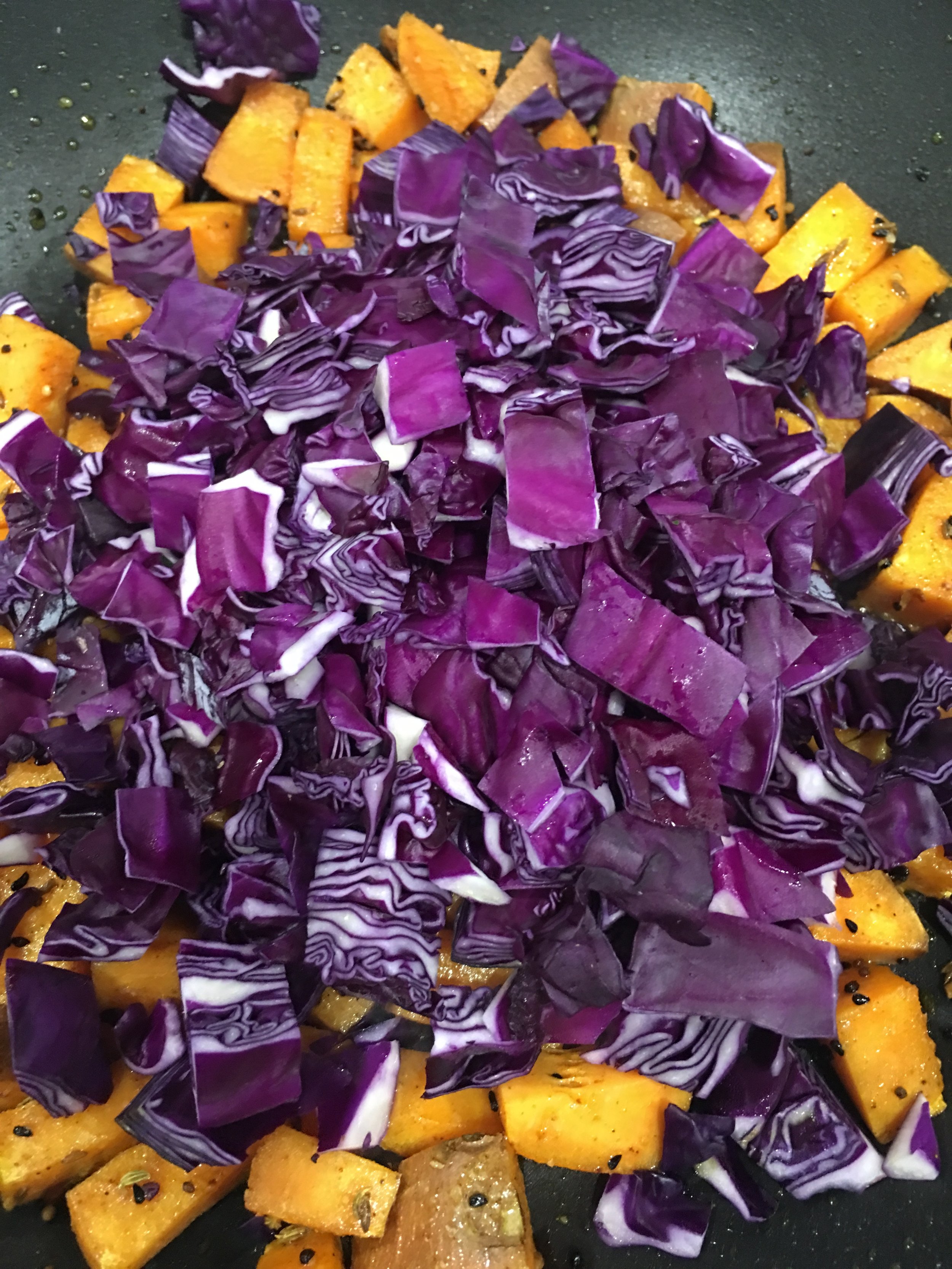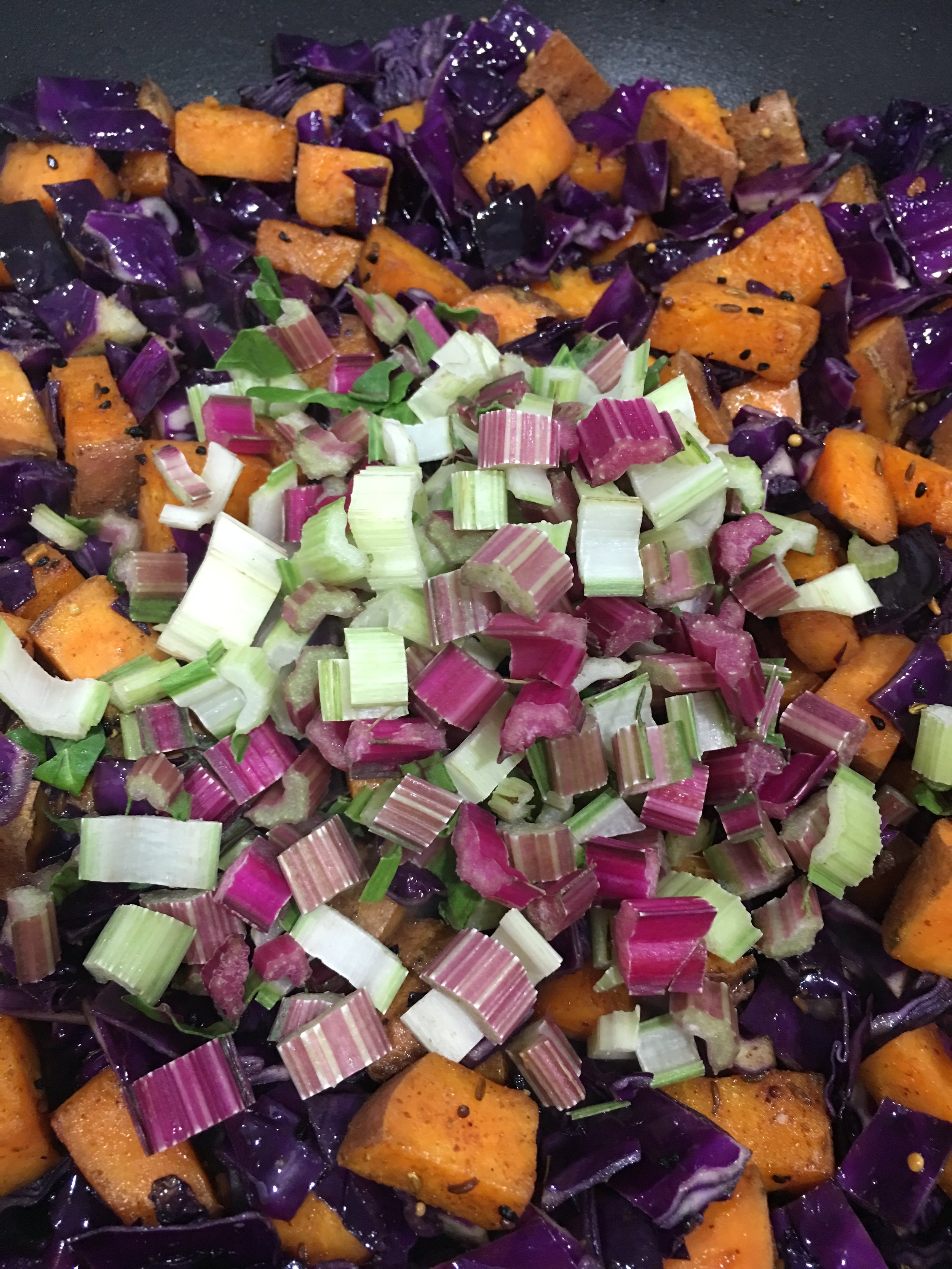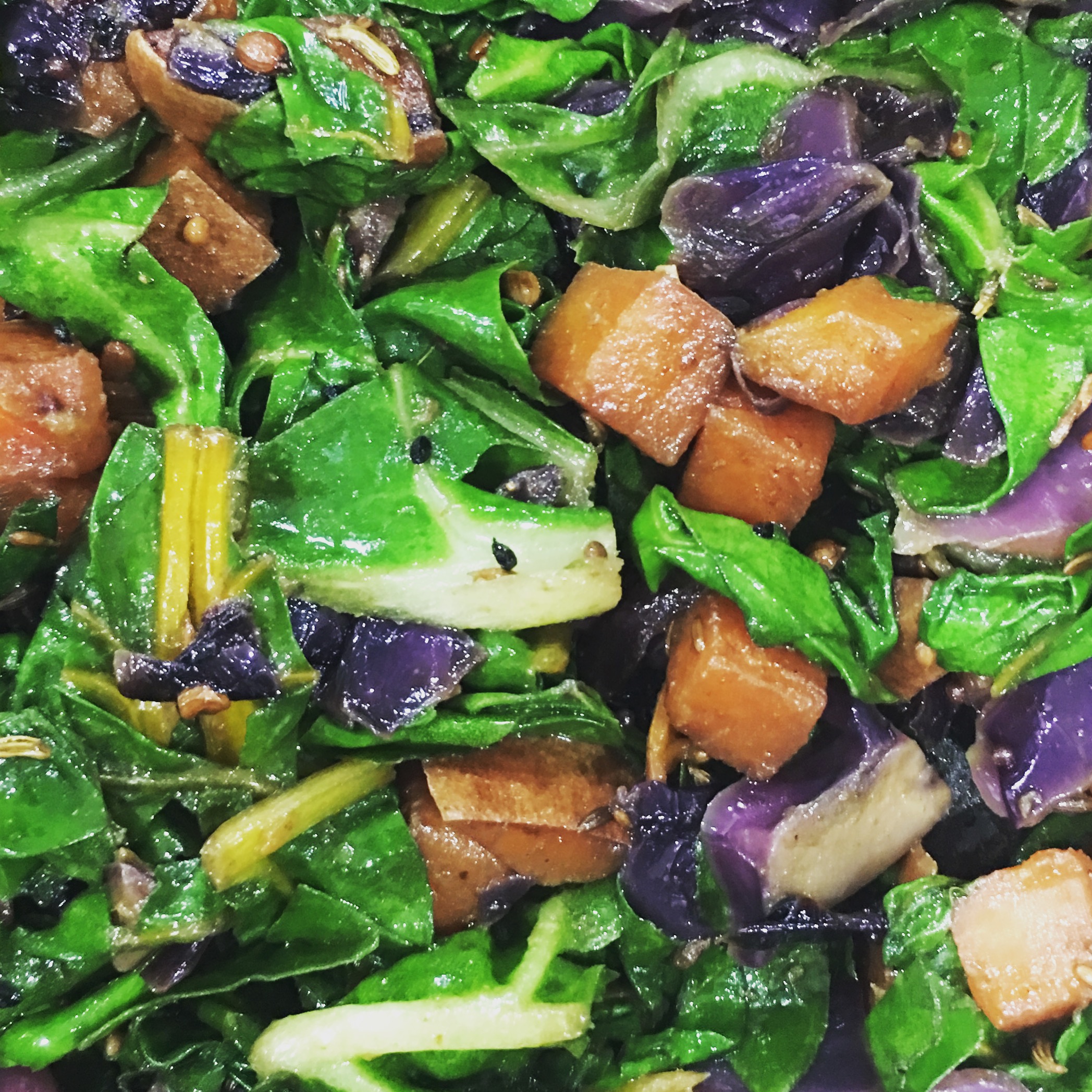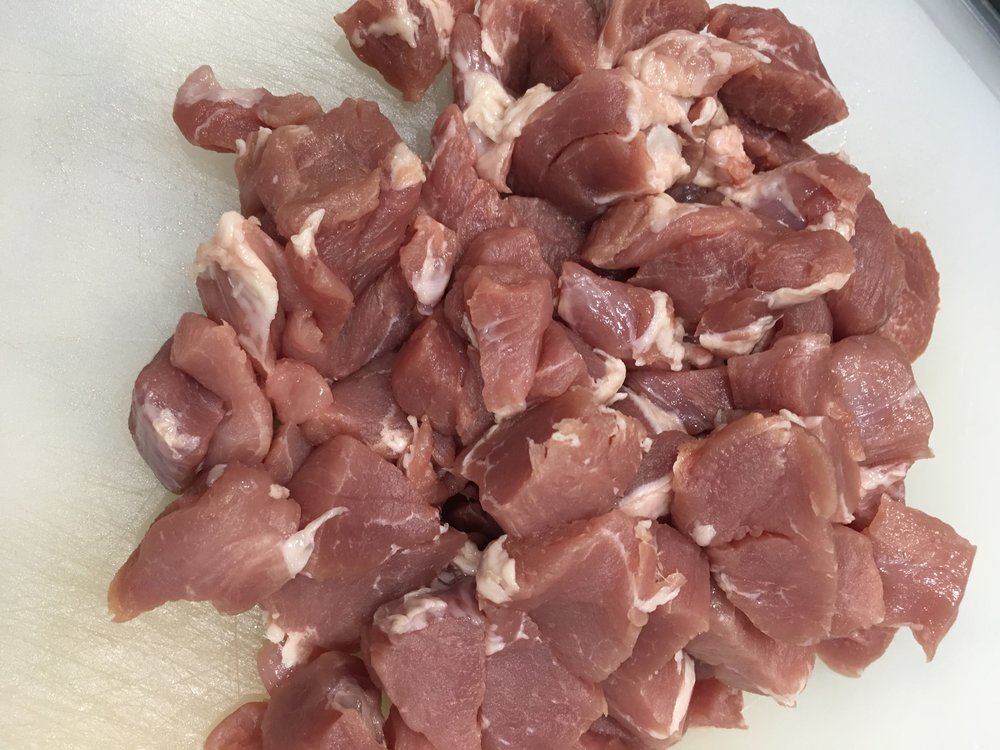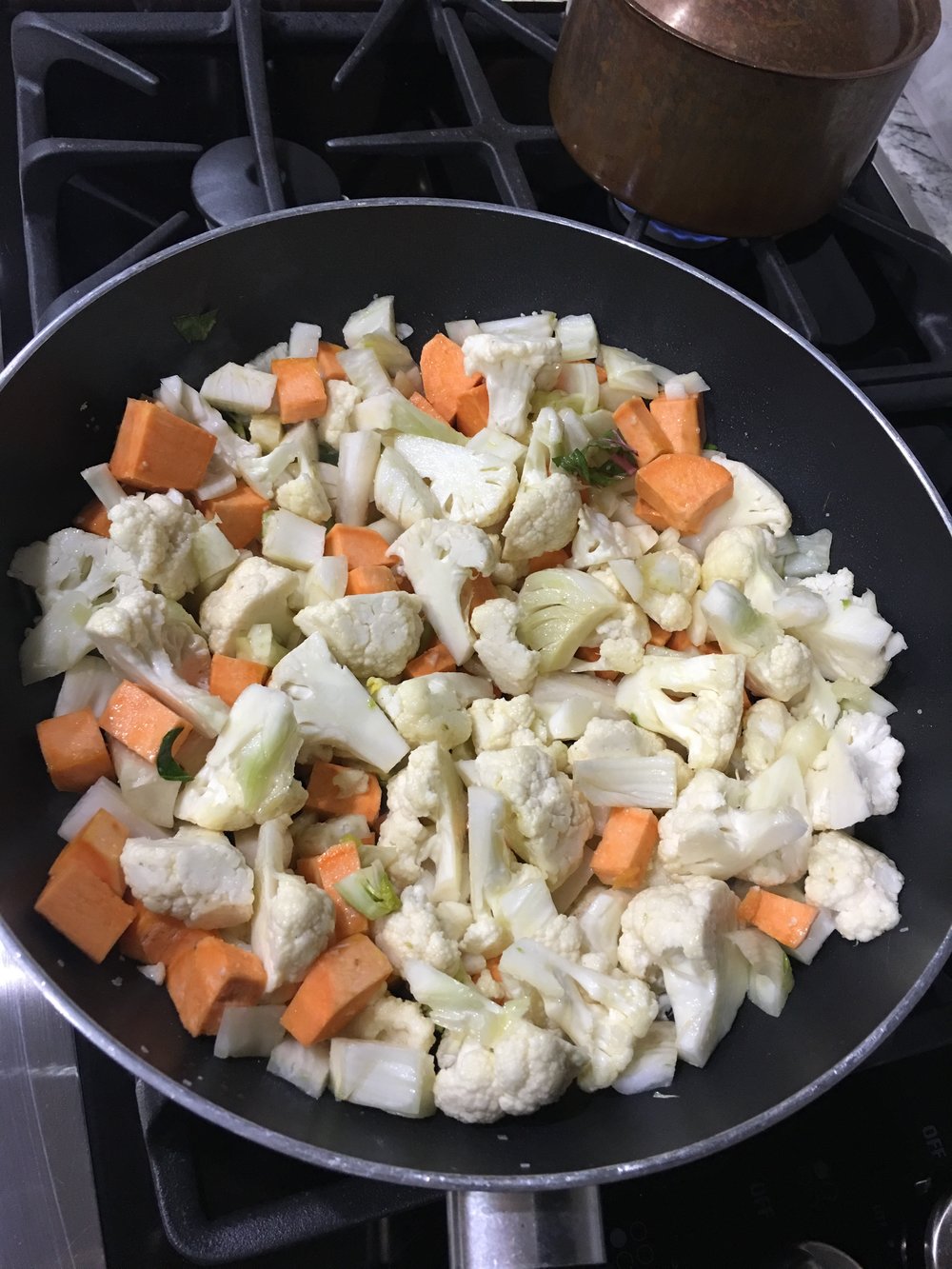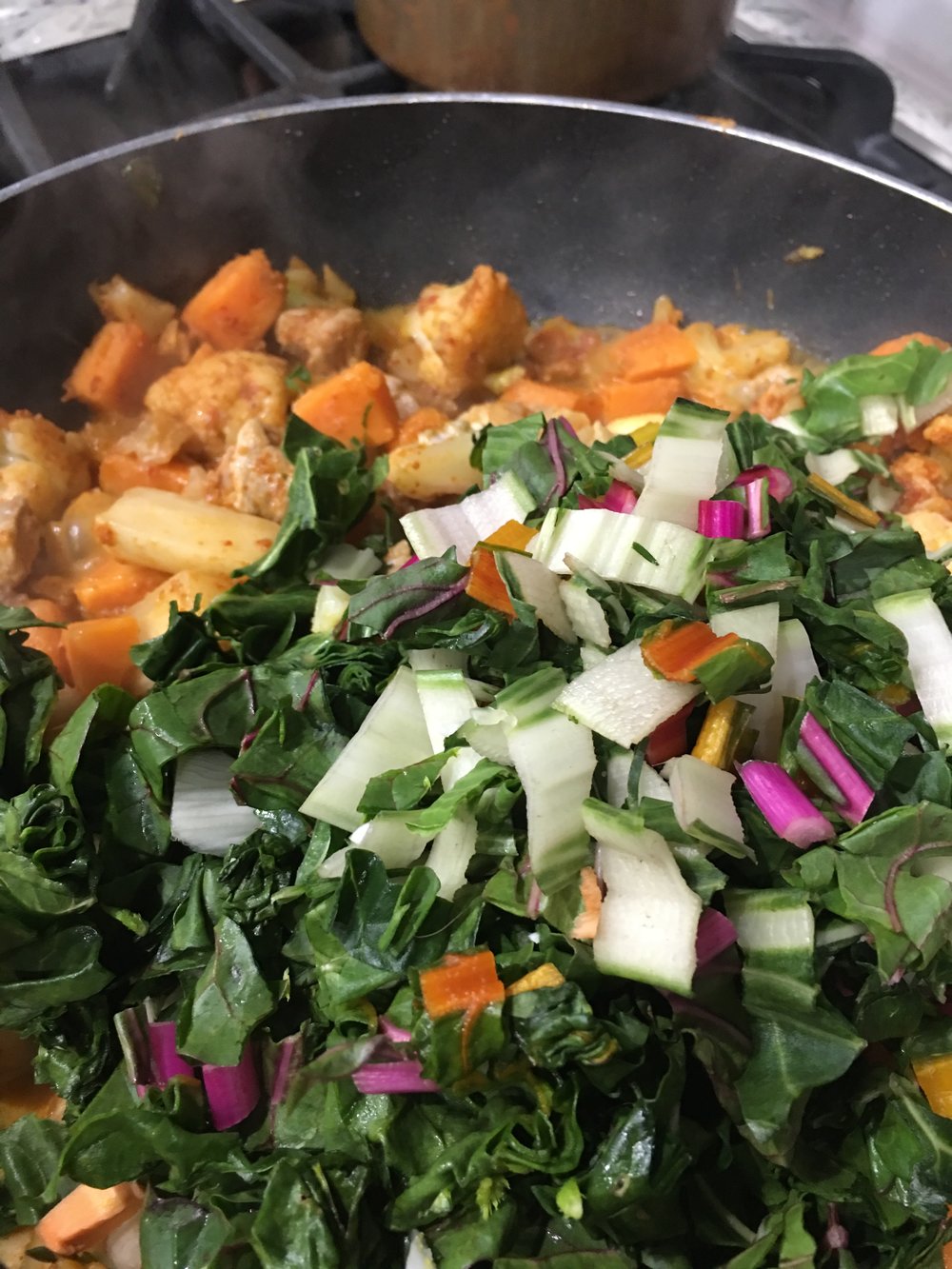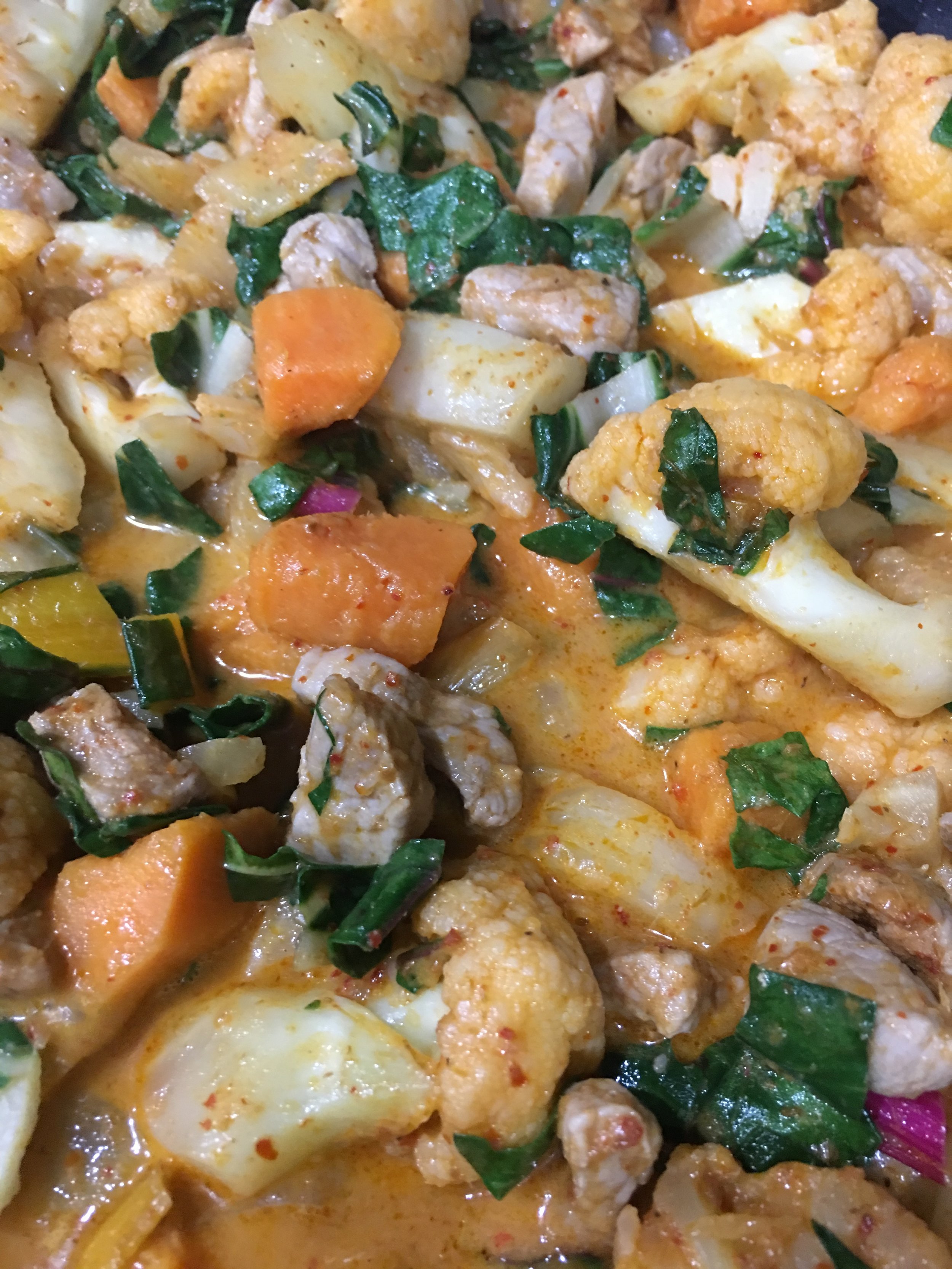I don’t usually eat breakfast, but I love breakfast foods. Growing up, my father would make us eggs and toast for breakfast before school. On weekends, we had pancakes with syrup, which I spiked with a squeeze of lemon to cut through the sweetness a bit. My father cooked with us on the weekends which were my mothers days off (I’m fortunate to be the daughter of a man who appreciates the work that women do, and that they should have days off). It was my 4th grade friendship with twin brothers, Doug and Denny Liphart, that taught me the concept of breakfast for dinner, and the wonders of maple syrup. The Lipharts were from Pennsylvania and had a steady supply of the good stuff, which held the secrets of a deep, earthy, lingering sweetness that could not be found in Log Cabin or even Mrs. Butterworth’s. Their mom, Marty, was a great cook and she left me her Betty Crocker Cookbook binder from 1965, my first cookbook. I loved her pancakes and maple syrup dinners. I may have promised each of the twins a kiss on the cheek to get invited back regularly for pancakes, but that part of my memory is fuzzy. It was a simpler and more innocent time and filled with delicious foods.
I had another serious crush, this time in Italy, with fresh ricotta. It can be eaten just as it is, become sweet or savory on command and is soft, light and always delicious. I just kept wanting more. I recently discovered an Italian making fresh ricotta cheese in Moulton, Texas. I get his Lira Rossa fresh ricotta from the Urban Harvest Farmers’ Market when ever I can.
So you can only imagine how I feel about ricotta pancakes.
From a nutrition standpoint, this is a more balanced pancake, getting protein form the ricotta and eggs. The blueberries in the syrup add lots of vitamins and minerals. And, the cinnamon has some medicinal properties, as its thought to be an anti-inflammatory spice in Ayurvedic medicine.
My recipe is simple and quick. Separating the eggs and folding the whipped egg whites into the batter makes a lighter, fluffier pancake, but you certainly skip this step and still have a great result. Make the blueberry-maple syrup first so the berries have some time to impart their flavor to the syrup. The cinnamon adds warmth and brings the blueberries and maple flavors together.
RECIPE: Ricotta Pancakes with Blueberry-Maple Syrup
INGREDIENTS
Pancakes
- 1 Cup whole milk ricotta
- 1 Cup all purpose flour, sifted
- 1 teaspoon baking powder
- 1 teaspoon sugar
- 1/2 lemon, zest and juice
- 2 eggs, separated
- 1 Cup whole milk
- Butter for cooking
Syrup
- 2 Cups fresh blueberries
- 1/2 teaspoon cinnamon (I like the Indonesian cinnamon from Penzey’s)
- 2 Cups Maple syrup
PROCESS
- Combine blueberries, cinnamon and syrup in a bowl and set aside.
- In a work bowl, place the ricotta and sift the flour and baking soda over.
- Separate the eggs and add the yolks to the cheese-flour mixture, placing the egg whites into a clean bowl big enough to beat them.
- Using a electric mixer with clean beaters, beat the egg whites until stiff peaks form. You can do this with a hand whisk if you’d like.
- Mix the cheese, flour and yokes together with the beaters, no need to clean them. Then add the milk and beat to combine. Stir in lemon juice and zest. Mixture will be lumpy.
- Fold in beaten egg whites.
- Cook pancakes with a little butter on a medium hot griddle, about 2-3 minutes each side.
- Serve with blueberry Maple syrup.
Makes 12 pancakes.

